It was mid-September in the western Corridor of the Serengeti. A bit early for most of the migrants, but there were a few early arrivals.
The resident avian population in the Serengeti at this time of the year is diverse and would gladden any bird lover’s heart. There was also a wide variety of habitats in which to photograph our avian friends.
This post is a gallery of the birds we could photograph rather than the ones we saw. This post excludes raptors and Ground Hornbills, both of which are dealt with in separate previous posts.
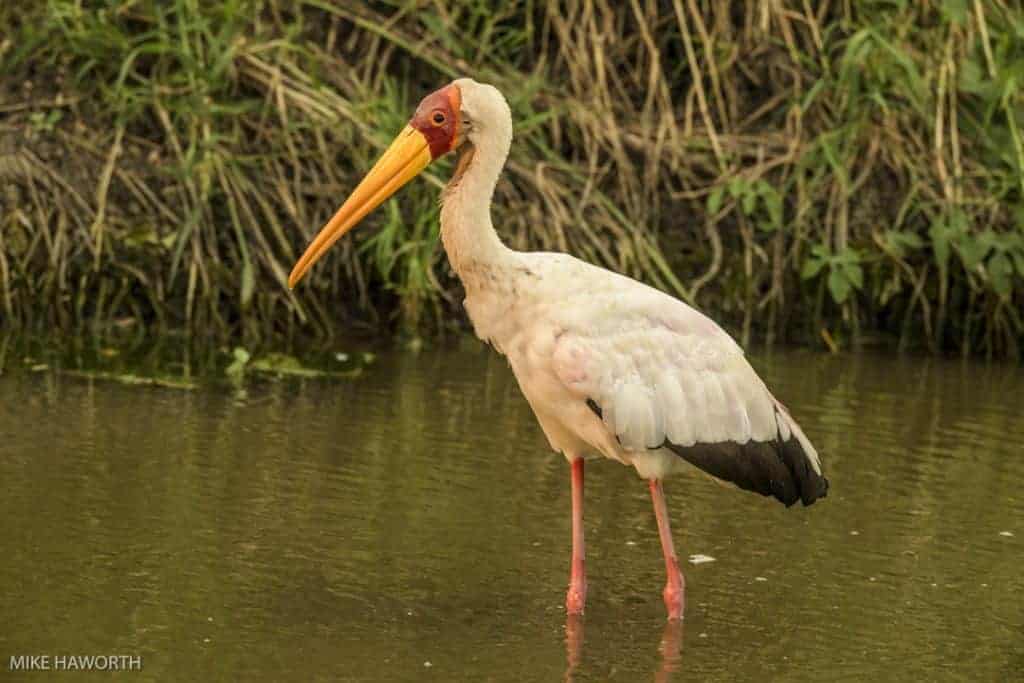
Grey-backed Fiscal with its black patch across the eye and along the side of the neck down to its shoulder.
The Grey-backed Fiscal has a grey crown, nape and mantle.
Yellow-billed Oxpeckers on the back of a Masai Giraffe.
“In the Serengeti the sense of abundance will envelope you. There is life everywhere you look. Each element is in a different state of ebb and flow, butall interwoven. In this abundance, diversity not numbers, takes on an altogether more important place in your awareness.”
~Mike Haworth
Male Yellow-throated Sandgrouse, head raised and alert. He must have heard something that concerned him.
Small flocks of these sandgrouse were foragingfor seedin the short grass.
Male White-bellied Bustard displaying for the benefit of his female.
Female White-bellied Bustard.
Grey-breasted Spurfowl, this species is localised to this part of Tanzania.
“Nature uses only the longest threads to weave her patterns, so that each small piece of her fabric reveals the organisation of the entire tapestry.”~Richard P. Feynman
White-browed Coucal.
This Little Bee-eater had caught a bee and was busy wiping off the bee’s sting against the branch.
“In nature, light creates the colour. In the picture, colour creates the light.”
~ Hans Hofmann
A pair of Little Bee-eaters hawking insects from this flimsy stem.
A lone Hottentot Teal on a pool of water dammed up against a road embankment.
I found it unusual that this Hottentot Teal was swimming alone in this pool of water. We normally see them in pairs. There were no other ducks around this pool of water.
“You can’t be suspicious of a tree, or accuse a bird or a squirrel of subversion or challenge the ideology of a violet.”
~Hal Borland
A male Ostrich, flushed with testosterone coursing through his veins.
A Malachite Kingfisher hunting in the pool of water below where we were watching a pride of lions.
A Capped Wheatear feeding on ants on this mound. This individual looked like a sub adult given its speckled breast band which will become black when an adult. The white supercilium and black bar on its tail feathers are diagnostic.
This character was very busy feeding on the resident ants around the anthill.
“Petite, nimble and uniquely coloured, you are available to only the eye that seeks you. You are like little jewels scattered through the grasslands. Self sufficient but woven into the tapestryof the wild life on the plains.”
~Mike Haworth
A Temmnick’s Courser out in the grass plains. This is one of three coursers found in this area, the other two are the Two-banded and Violet-tipped Coursers.
Wattled Lapwing with its brown body colouring and stripped throat markings.
The red frontal shield above its beak is diagnostic as both the white-crowned and Wattled lapwings have yellow facial wattles.
Spur-winged Lapwing with its distinctive black crown and nape and throat and white ear-coverts. It has a brown mantle and that distinctive red eye.
A Spur-winged Lapwing incubating her eggs alongside a large pool of water.
A pair of Sacred Ibis
One of a pair of Usambiro Barbets feeding on ants in an anthill.
Silverbird, a male in full breeding plumage, perched in front of a Rufous-tailed Weaver’s nest.
“Oh little winged traveller from far away places. Rest here for the summer. You are welcome and free here. There is enough for all and we are graced by your presence. Only you will know when it is time to return to that far way place, leaving us with only memories.”
~Mike Haworth
A Caspian Plover stretching near where we found a family of Bat-eared Foxes.
A Caspian Plover, a migrant from far-way places. This plover breeds in western and central Asia and migrates southward to eastern and southern Africa to escape the northern winter.
A Fork-tailed Drongo, one of nature’s great mimics.
A Hammerkop preparing to hunt from a rock in the Grumeti river. The river was teeming with crocodiles, so I am not sure who was going to turn out to be the hunter.
In front of the Grumeti Tented Camp on a branch overhanging the river. This Green-backed Heron was perch hunting right in front of us.
A Superb Starling close to our family of Cheetahs below Masira hill.
“Colour! What a deep and mysterious language, the language of dreams.”
~ Paul Gauguin
These Superb Starlings feed on insects in the short grass on the Serengeti plains.
A Black-headed Heron, one of a group which was hunting frogs along the side of a large pool of water alongside the road.
Pale Flycatcher
“Science cannot solve the ultimate mystery of nature. And that is because in the last analysis, we ourselves are a part of the mystery that we are trying to solve.”
~Max Planck
A Kori Bustard minding its own business with a few buffalo bulls as onlookers.
A Kori Bustard foraging in the open plain.
“Who designed you? What wonderful imagination therein. Blue eyes with white and black surrounds. A velvet-black forehead and a golden crown which shimmers in the sunlight as you walk. And splashes of scarlet in the most improbable places. Oh and when you dance together, it is magical.”
~Mike Haworth
Grey-crowned Crane.
We found scattered pairs of Grey-crowned Cranes on the Nyasiriro plain.
A Ruff from Russia. This was the second wader we found which was an early migrant.
“I had an inheritance from my father,
It was the moon and the sun,
And though I roam all over the world,
The spending of it is never done.”
~Ernest Hemingway
An African Spoonbill swishing its bill back and forth searching for food under the water.
A Black-winged Stilt leading a pair of foraging African Spoonbills.
A Black-winged Stilt plucking insects off the surface of the water.
A Woolly-necked Stork sunning itself next to the pool of water along the road.
A female Bennet’s Woodpecker working on the entrance to her nest in a thorn tree above the lounge at the tented camp.
A male Cocqui Francolin.
A female Cocqui Francolin foraging in the plain near the lion pride.
A male Rufous-naped Lark displaying to females
A Rufous-naped Lark performing his display routine from an anthill to impress any passing females.
A lone Glossy Ibis foraging in the mud in the pool of water alongside the road.
The colour of the Glossy Ibis came alive with the right angle to the sun.
A Lilac-breasted Roller. You can also find the Broad-billed Roller, the Rufous-crowned which looks very much like the southern African Purple Roller and the migrating European Roller.
The beautiful blues, greens and mauves of the Liliac-breasted roller.
East Africa has a wonderful variety of birds. We got to see a minute portion of this diversity. By virtue of its location, it has residents, migrants and vagrants. There is a much bigger variety of barbets, go-away birds, francolins, weavers, parrots, sunbirds, starlings and even pratincoles in East Africa than in southern Africa. I already feel the need for more visits to marvel and photograph the wonderful colours of East Africa’s feathered residents and visitors.
“You didn’t come into this world you came out of it, like a wave from the ocean.
You are not a stranger here.”
~Alan Watts
Explore, seek to understand, marvel at its inter-connectedness and let its be.
Have fun,
Mike
Mike Haworth
My name is Michael Singleton Haworth, nicknamed “Howie”. I was born and raised in Zimbabwe and now live in South Africa. Zimbabwe was a fantastic place for youngsters to grow up, where opportunities abounded to get into the bush. I have two great ‘shamwaris’, Mike Condy and Adrian Lombard, whom I known for around 60 years. All of us have a great love of the bush and birds.

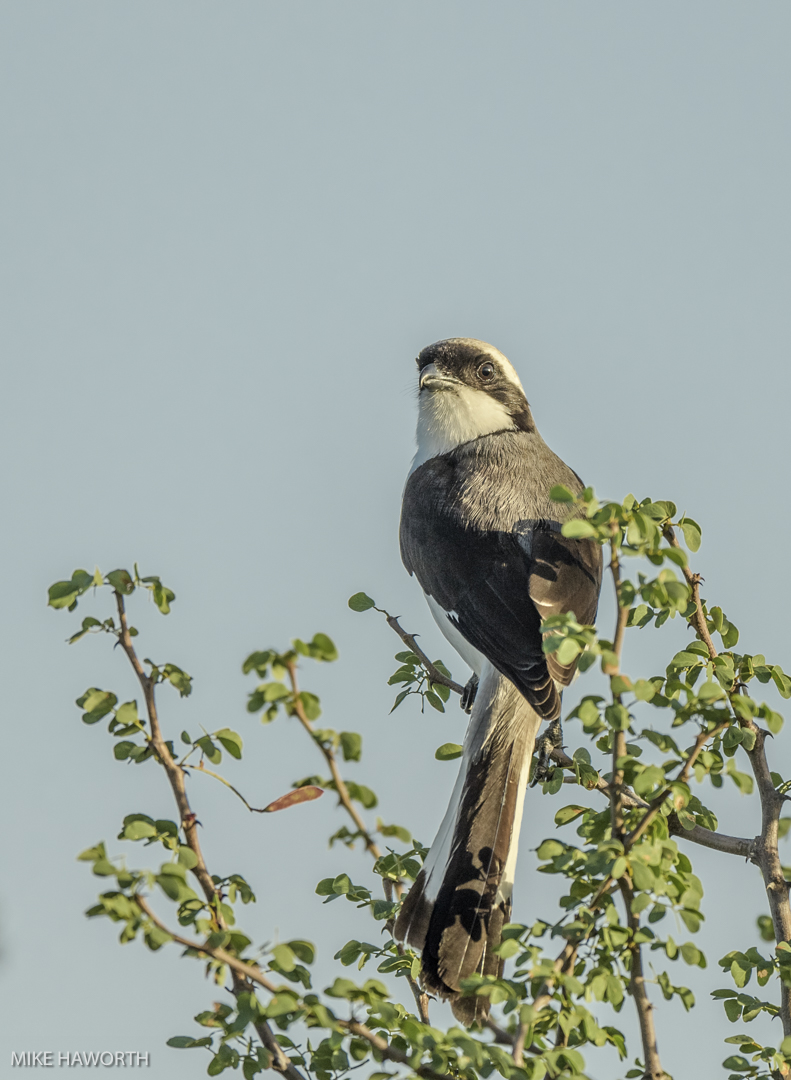

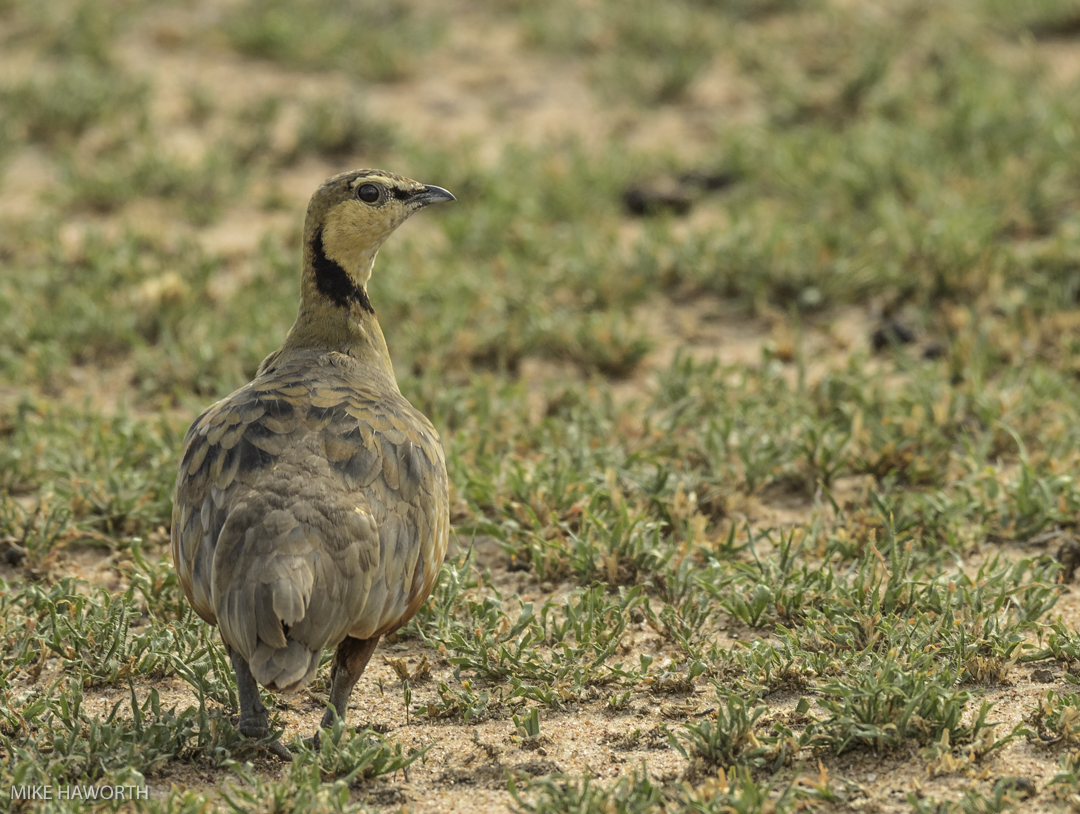



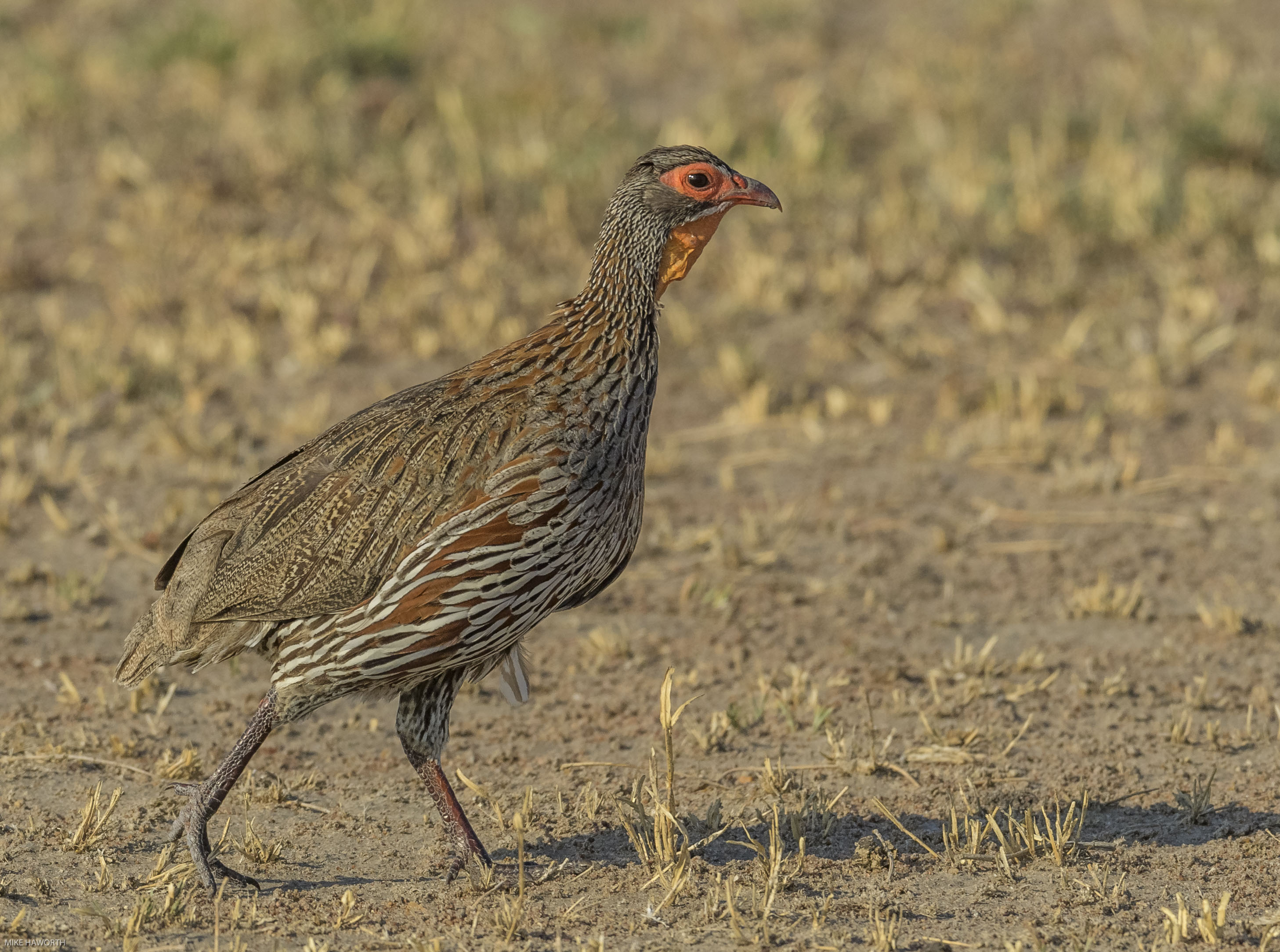



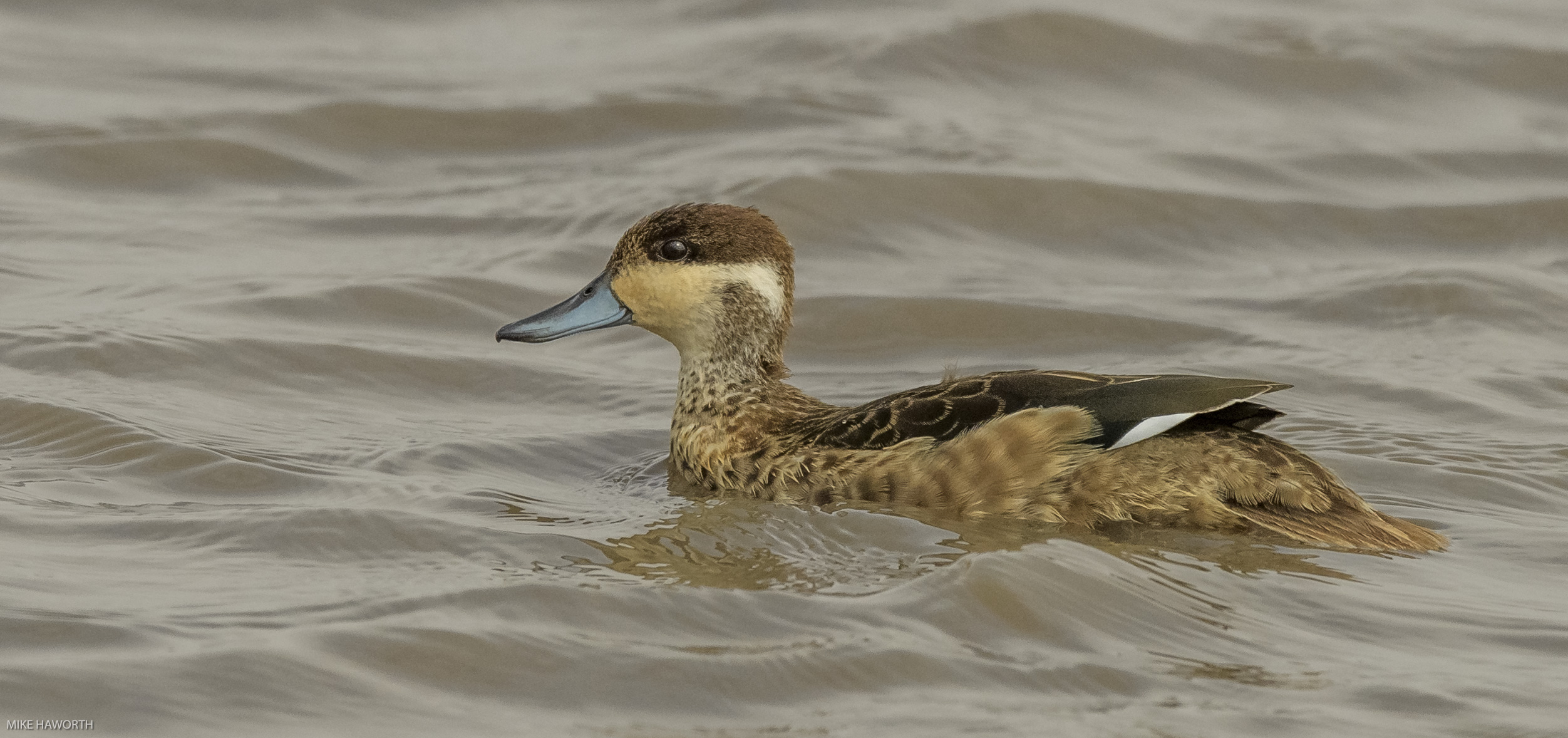
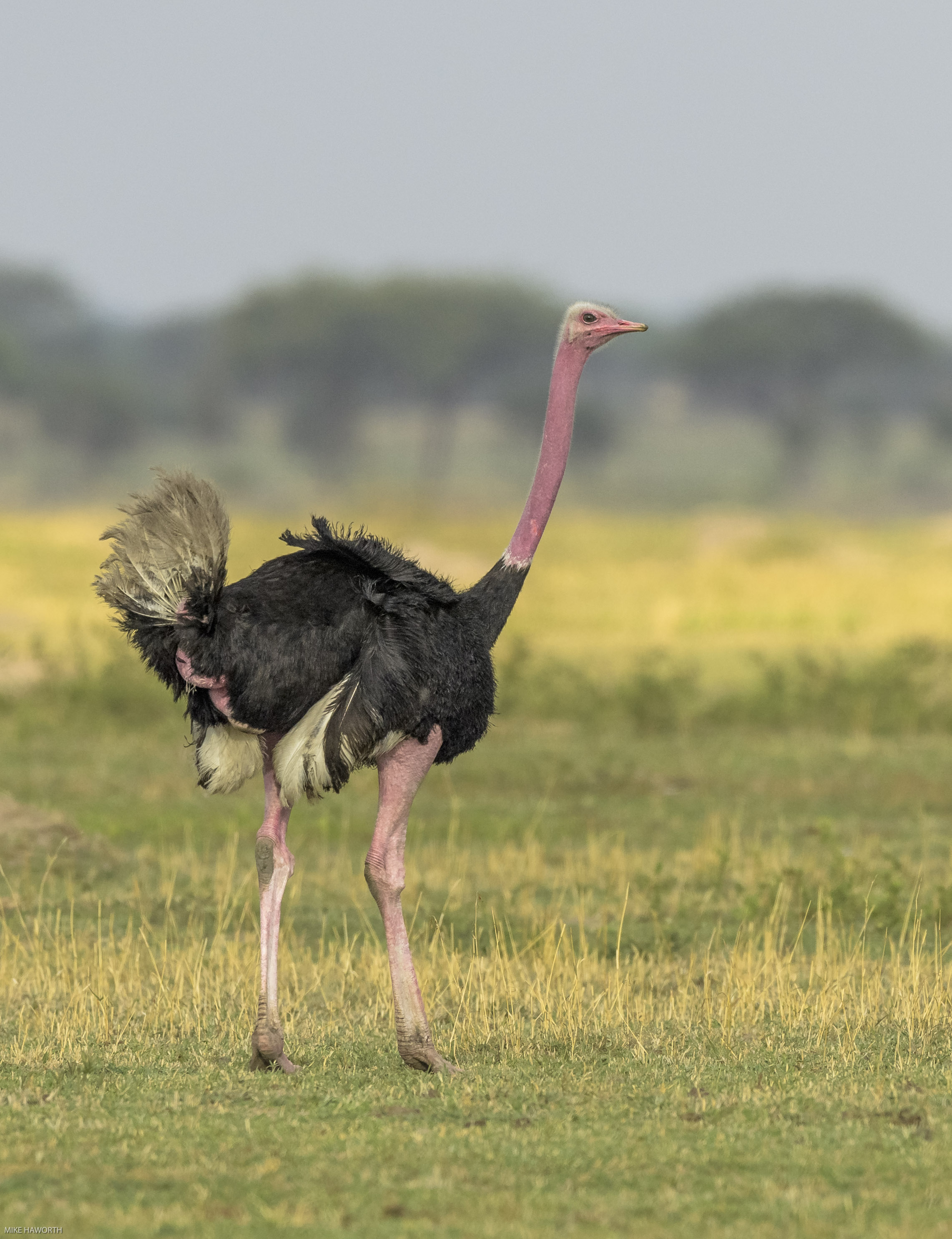

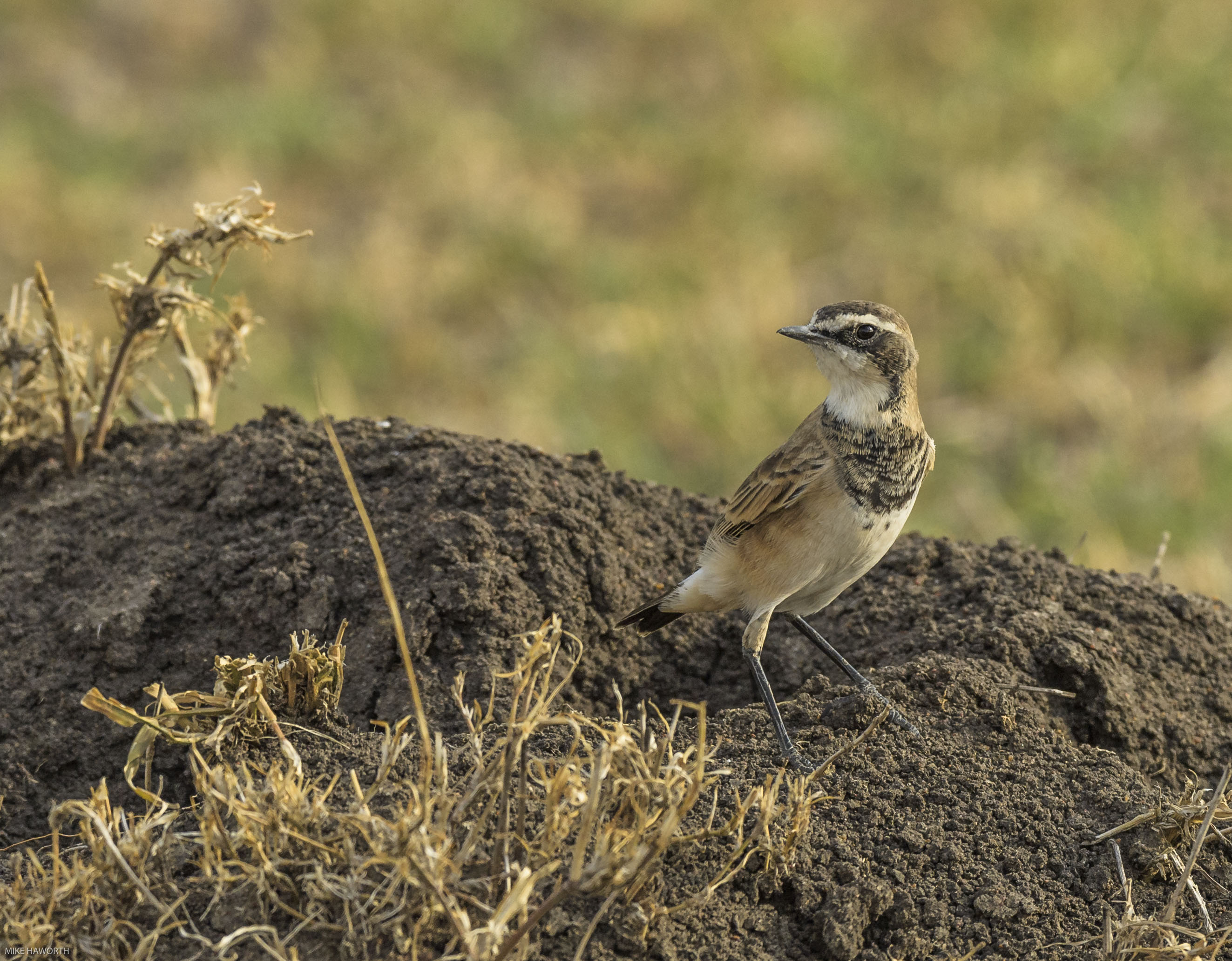





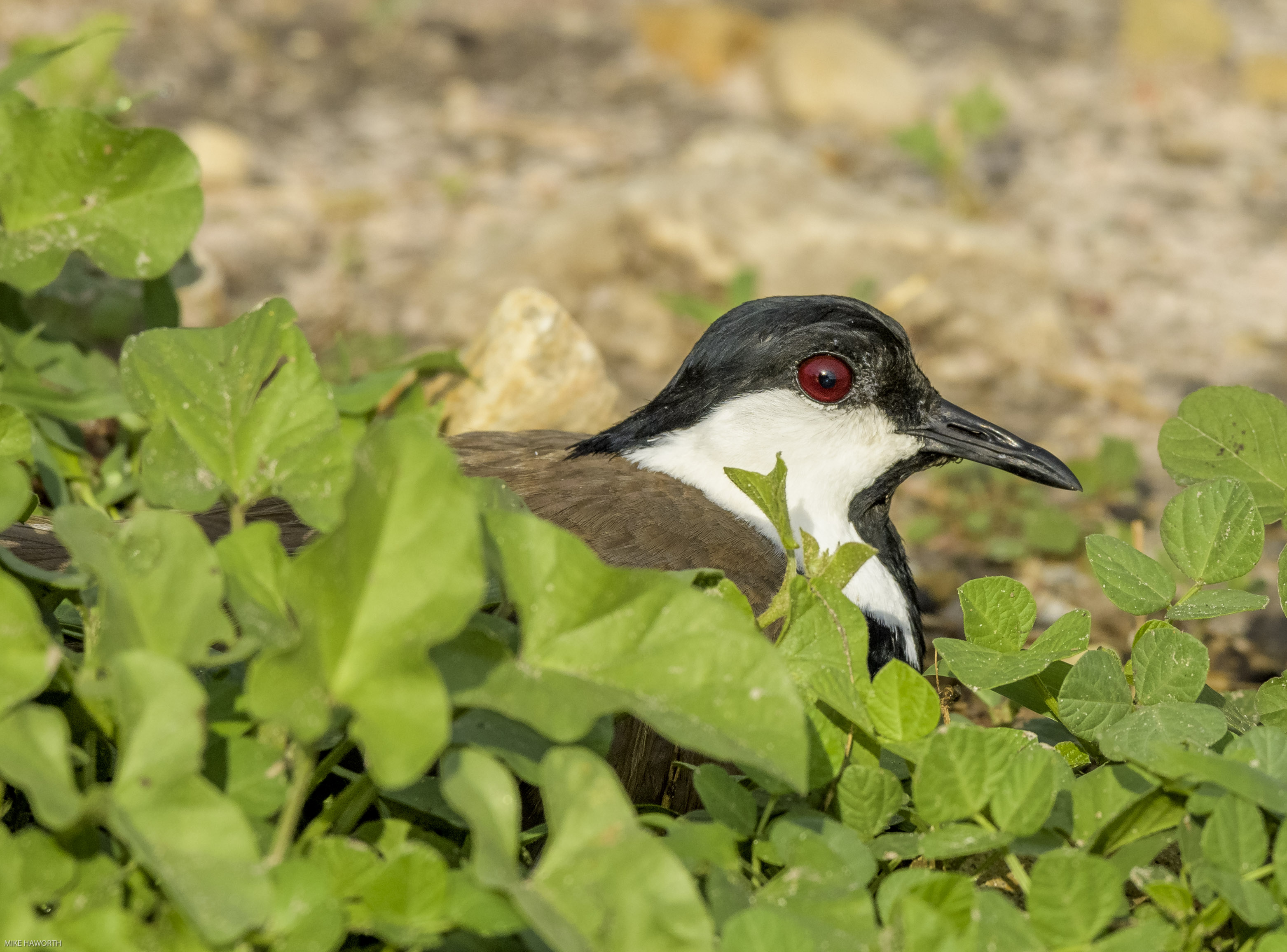
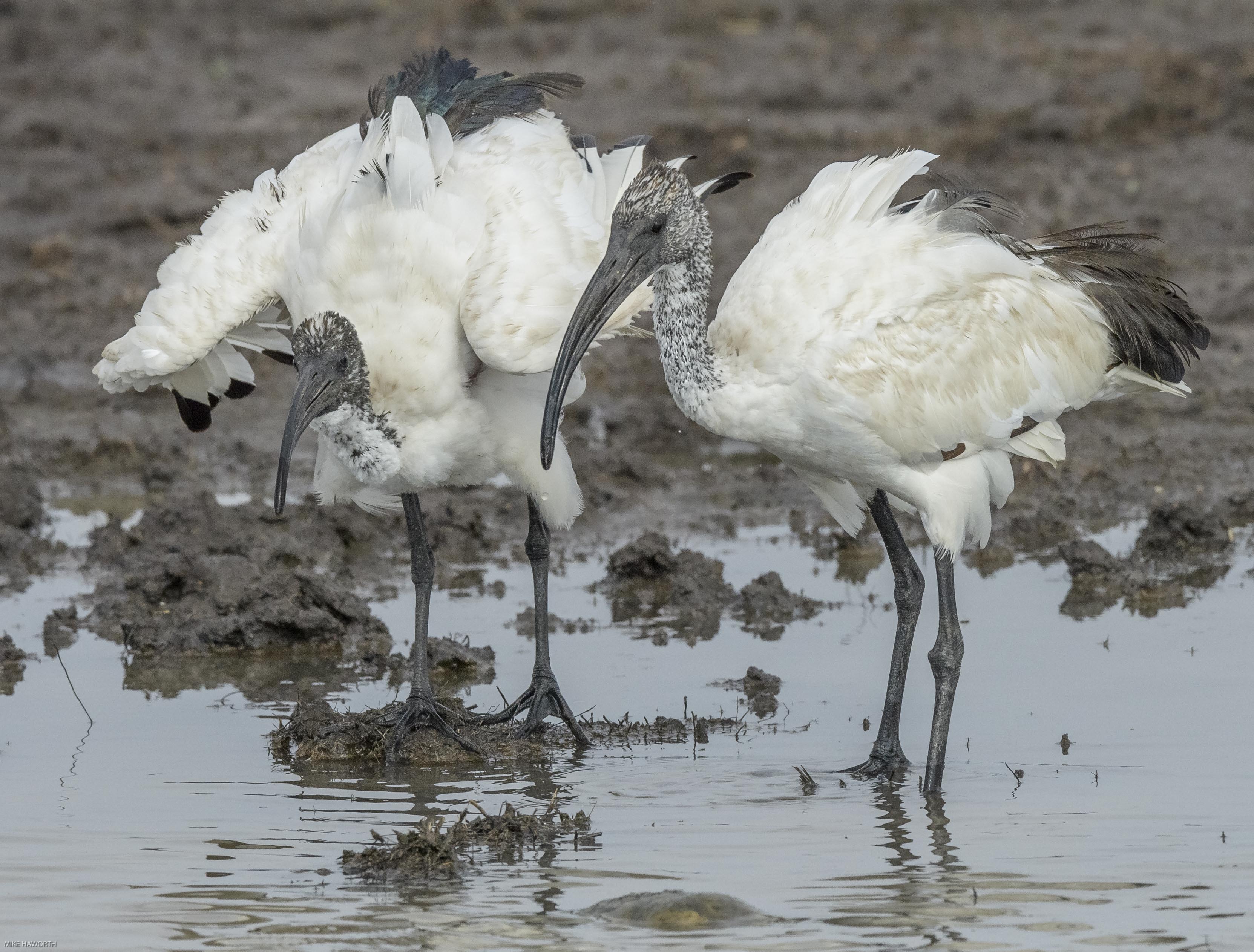



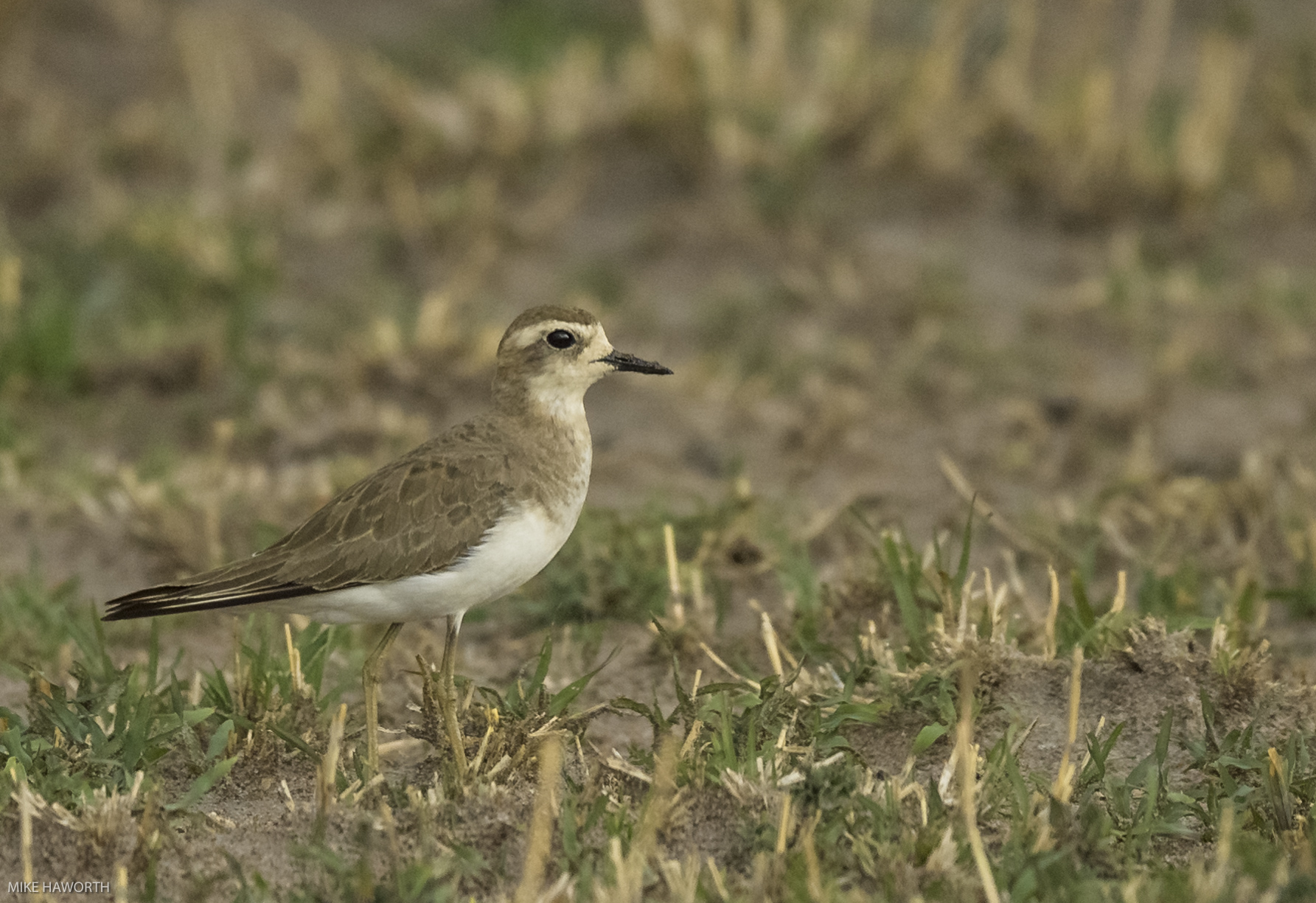



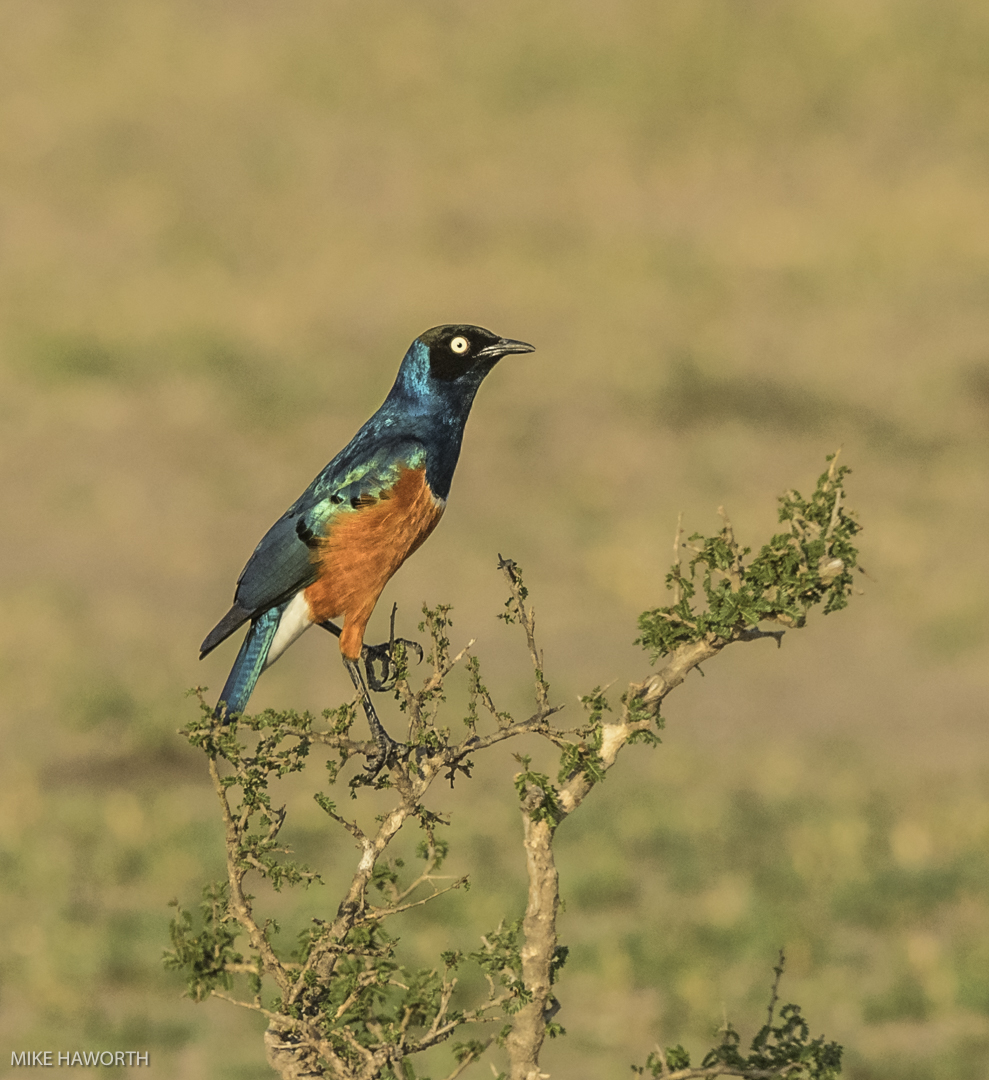
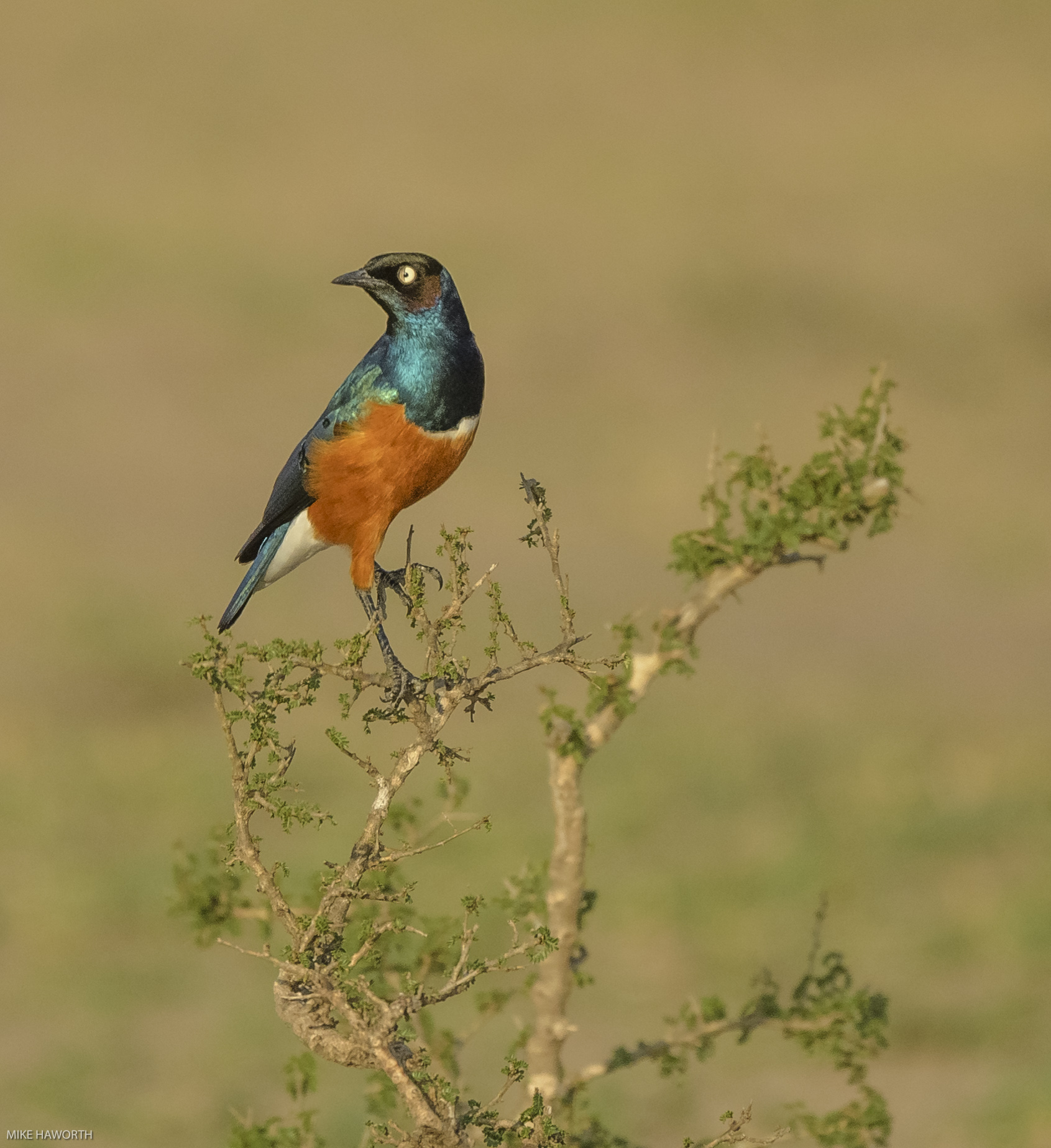
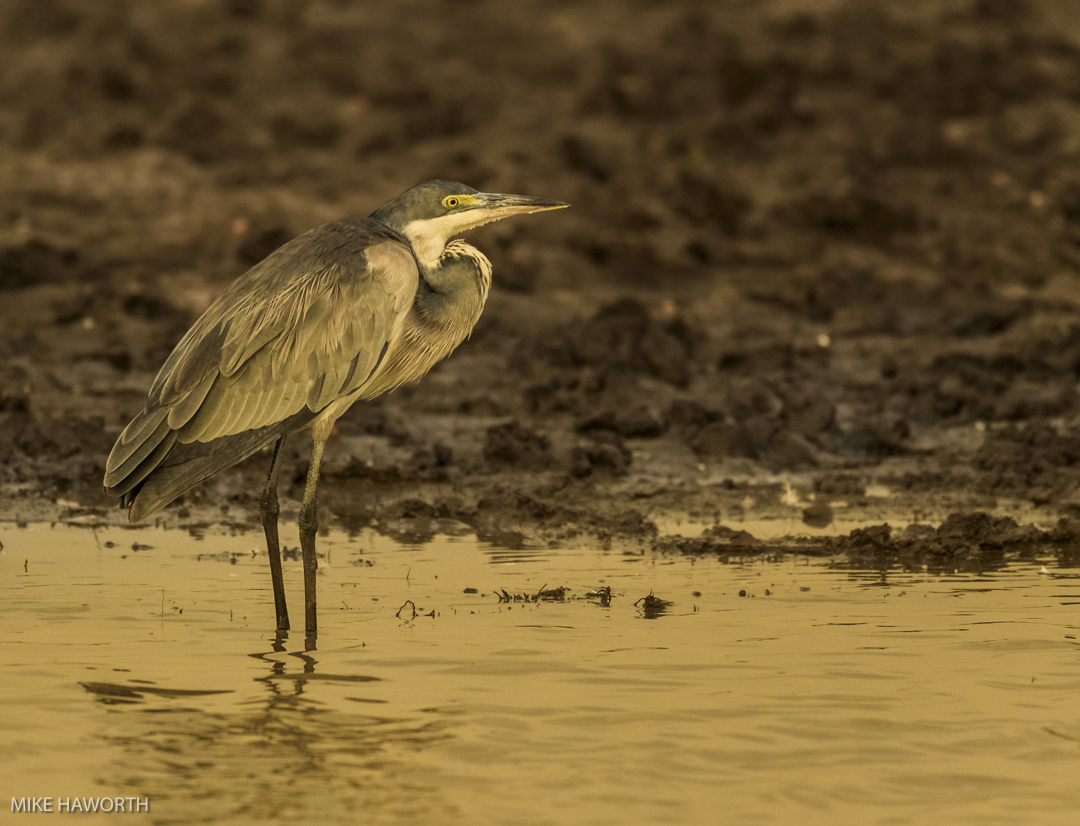

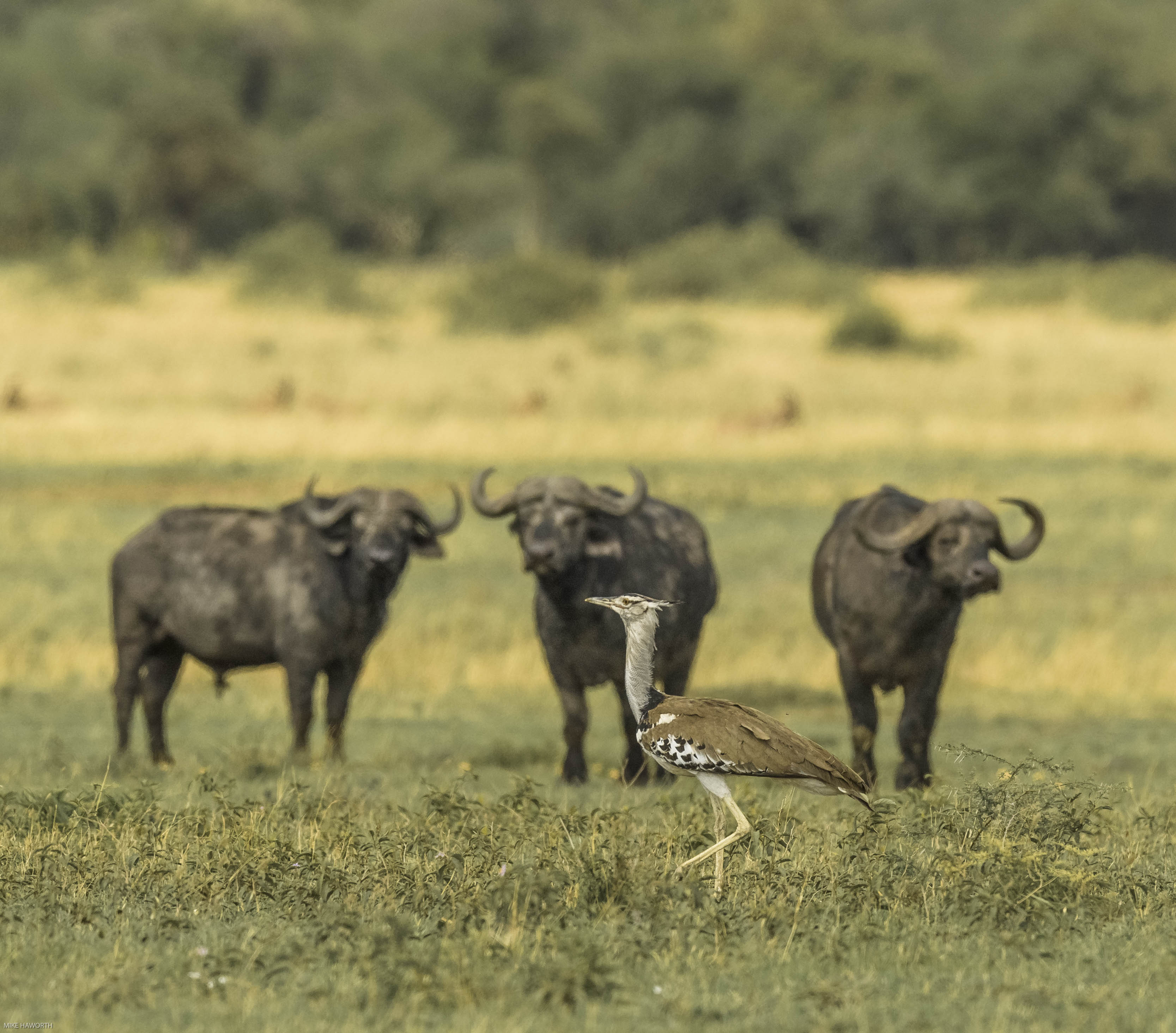

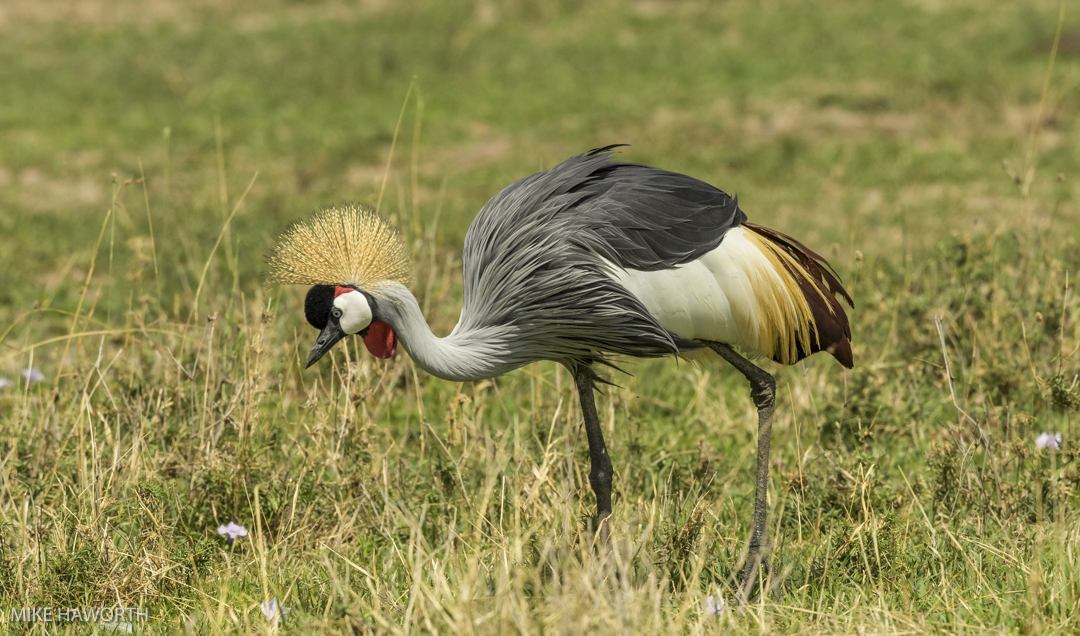




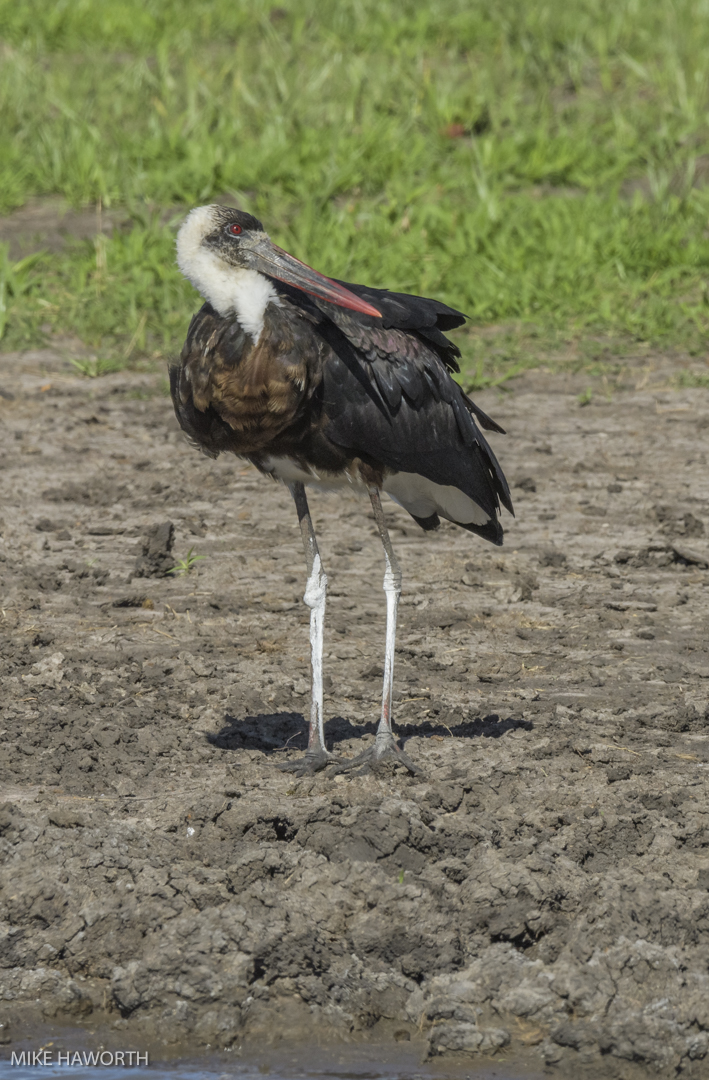


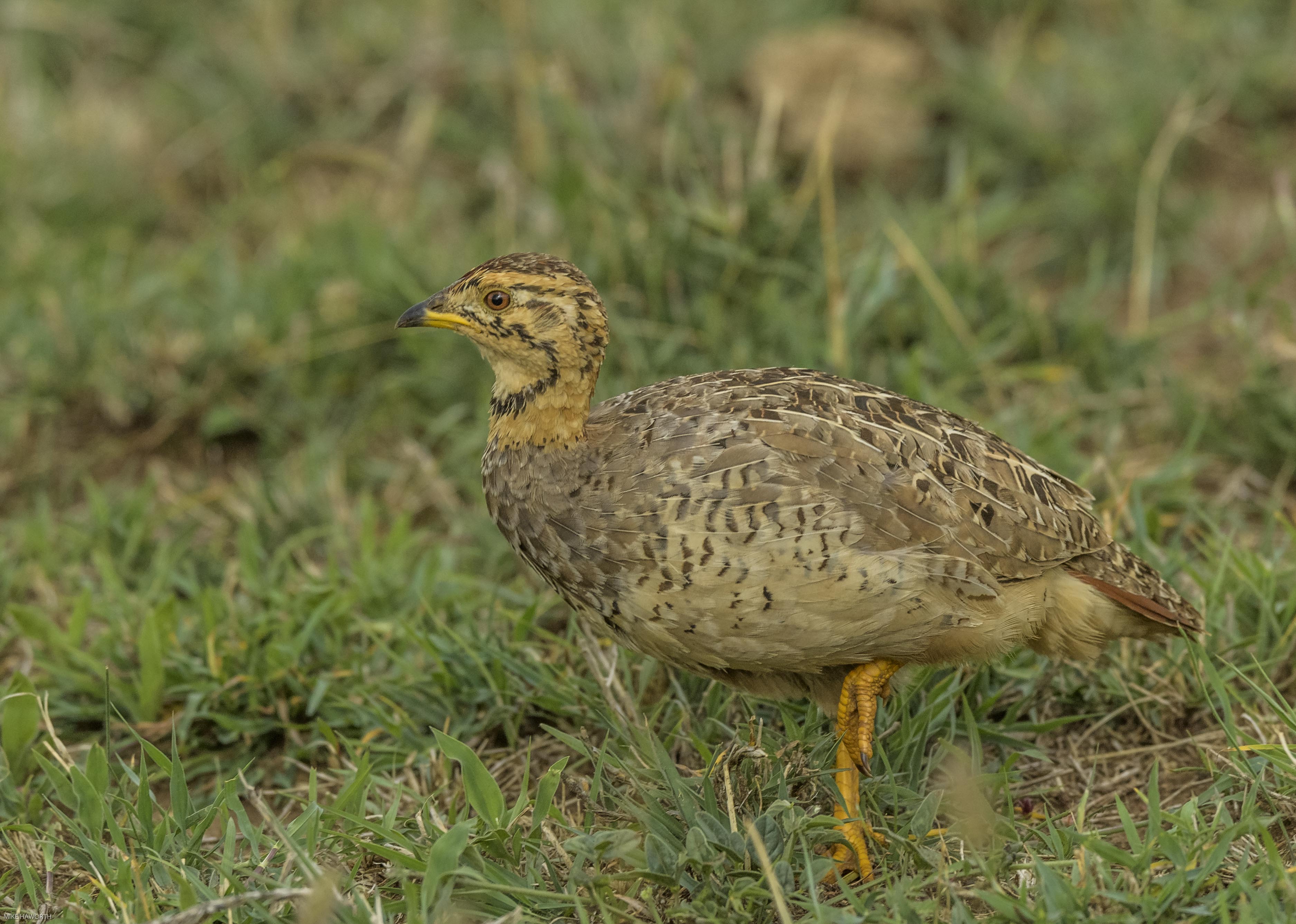






Leave a Reply